I have a 'light' question for a pro...?
myermike_1micha
6 years ago
last modified: 6 years ago
Featured Answer
Sort by:Oldest
Comments (61)
tropicofcancer (6b SW-PA)
6 years agoHome
6 years agoRelated Discussions
History Buffs: I have a question about lighting
Comments (19)Even today, gas lines usually run only in cities, where the smaller lots make it economical to run the lines (more houses per linear foot). Electricity didn't come to rural Texas until, if I remember correctly, the 1940's, when Lyndon Johnson pushed it through; it pretty much made his political career. so even up to WWII, most farms had kerosene lamps, & a lot of places made do with kerosene even later than that. My uncles & aunts bought a 60 acre parcel of land in the 1960's; you took the access road from the freeway, turned onto a gravel road, went across a creek if the weather was dry or if you had a pick-up truck, drove on down what was by now a dirt lane, went through the cattle guard/gate... & there you were! They always used wood stoves for cooking & heat & kerosene lamps/lanterns for light. & they walked up the road to Mr & Miss Butler's house to use the telephone; the phone company wouldn't run the line to the "place". Mr & Miss Butler, an elderly brother & sister, were history come to life. Their grandparents had been born in slavery & liberated on Juneteenth, & they had bought acreage so far from town because it was cheap (you can get more land that way). They raised cattle & it seems like cotton & had a whole bunch of kids (I forget how many, but 9 rings a bell-families, especially farm families, were bigger back then). The children all grew up & moved on to more urban lives except for one son, the father of Mr & Miss Butler....See MoreQuestion about ceiling fixture - will I have enough light?
Comments (7)Lots of options there, don't miss out on choosing a shade you love. The quality is excellent, and you can get a set of finish swatches that, at least in the past, would be applied to your purchase price. I just checked and our lights are about 6'8" off the floor and are seldom in the way. That height aligns the bottom of the shades with the top of our doors. That would give you a very comfortable foot or more of fixture height to play with. If you have people flailing their arms about, you might have a problem. Just don't put your Wii in the mud room... Our upstairs bathroom is 6'x7' with 10' ceilings and we have one of the (as I remember) Lombard fixture in there with what I think is the BC5558 blue-banded shade and it is comfortable in there. I don't recall if we have a 60W or 100W bulb in there....See MoreJandy Pro lights question of cost
Comments (0)Can you tell me what you paid to put LED lights in your pool recently? I am blown away with the difference in the cost. We realize they will considerably more, but we also want to make sure we get a fair price......this is considering the wiring, boxes and install along with the actual light. Our builder is quoting us to add one more LED LIGHT to what we already have: Is this a fair price for just ONE more pool light addition? Pool LED Light 50' Cord - $937.50 Steel Light Niche - $37.50 Electrical Pool - $150 25' Junction Box Run - $93.75 Total = $1,218.75 x 0.86 = $1,048.13 Thank you in advance!...See MoreI HAVE QUESTION ON OUTDOOR SOLAR LIGHTS
Comments (1)Not knowing which ones you mean, here is a link on Amazon with many by Weanas. https://www.amazon.com/s/ref=nb_sb_noss?url=search-alias%3Dgarden&field-keywords=WEANAS+LED+SOLAR+POWERED+STRING And there may be other 'Sunny Days' 30 count LED light, but from your description, they are 20 feet long - https://www.amazon.com/Sunnydaze-30-Count-Powered-String-20-Foot/dp/B01MA28POP...See Moreponcirusguy6b452xx
6 years agocory (Zone 7a, NJ)
6 years agotropicofcancer (6b SW-PA)
6 years agoHome
6 years agoLaura LaRosa (7b)
6 years agolast modified: 6 years agoHome
6 years agoTheyCallMeDave
6 years agoTheyCallMeDave
6 years agotropicofcancer (6b SW-PA)
6 years agolast modified: 6 years agoLaura LaRosa (7b)
6 years agoLaura LaRosa (7b)
6 years agotropicofcancer (6b SW-PA)
6 years agoLaura LaRosa (7b)
6 years agomyermike_1micha
6 years agolast modified: 6 years agoLaura LaRosa (7b)
6 years agoLaura LaRosa (7b)
6 years agolast modified: 6 years agoHome
6 years agolast modified: 6 years agocory (Zone 7a, NJ)
6 years agoSusanne Michigan Zone 5/6
6 years agoTheyCallMeDave
6 years agoSusanne Michigan Zone 5/6
6 years agoHome
6 years agoLaura LaRosa (7b)
6 years agojenny_in_se_pa
6 years agoHome
6 years agotropicofcancer (6b SW-PA)
6 years agotropicofcancer (6b SW-PA)
6 years agotropicofcancer (6b SW-PA)
6 years agoHome
6 years agotropicofcancer (6b SW-PA)
6 years agomyermike_1micha
6 years agolast modified: 6 years agotropicofcancer (6b SW-PA)
6 years agojenny_in_se_pa
6 years agoponcirusguy6b452xx
6 years agojenny_in_se_pa
6 years agojenny_in_se_pa
6 years agoHome
6 years agomyermike_1micha
6 years agolast modified: 6 years agoponcirusguy6b452xx
6 years agoLaura LaRosa (7b)
6 years agomyermike_1micha
6 years agoSusanne Michigan Zone 5/6
6 years agolast modified: 6 years agomyermike_1micha
6 years agoLaura LaRosa (7b)
6 years ago
Related Stories
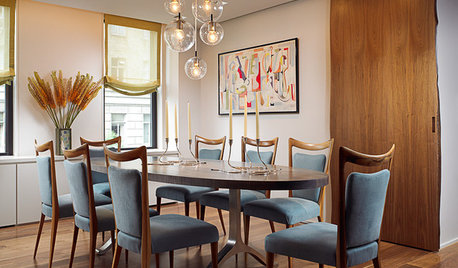
HOW TO PHOTOGRAPH YOUR HOUSE7 Pro Lighting Tips for Budding Home Photographers
Learn how to control daylight and artificial light to get high-quality home photos even if you're just starting out
Full Story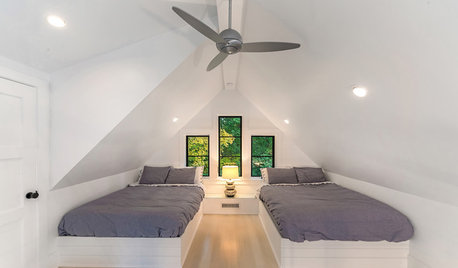
LIGHTINGA Lighting Pro’s 5 Tips for Buying LED Bulbs
Make a smarter choice and improve the look of your home after dark with these guidelines from a lighting designer
Full Story
LIGHTING5 Questions to Ask for the Best Room Lighting
Get your overhead, task and accent lighting right for decorative beauty, less eyestrain and a focus exactly where you want
Full Story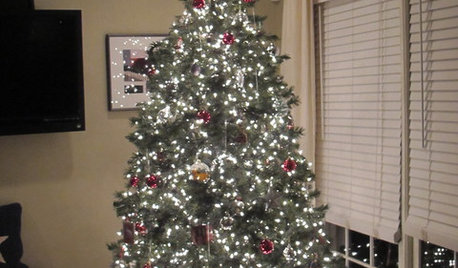
CHRISTMASHow to Light Your Christmas Tree Like a Pro
Give yourself frustration-free tree lighting this year — the trick is clever cord management
Full Story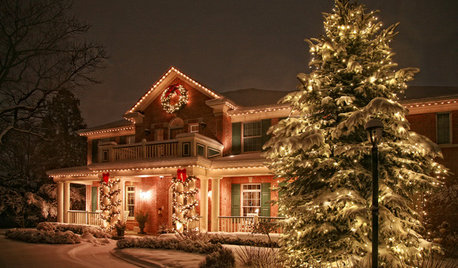
HOLIDAYSA Holiday Lighting Pro Talks Nets, Ladders and Design
Designer Kelly Fitzsimmons gives tips on what works, what doesn’t and why homeowners should step away from those ladders
Full Story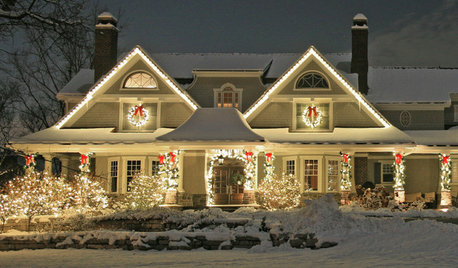
HOLIDAYSHow to Hang Holiday Lights Like a Pro
Find out how the pros safely put up outdoor Christmas lights for a festive holiday display
Full Story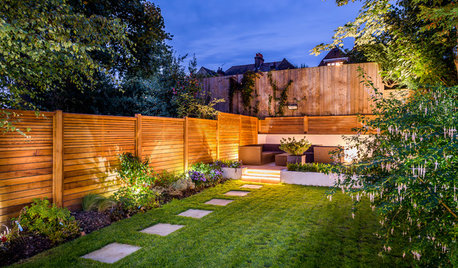
LANDSCAPE DESIGNPros Field Your Questions About Outdoor Lighting
Find out what to consider when illuminating your landscape for safety and ambiance
Full Story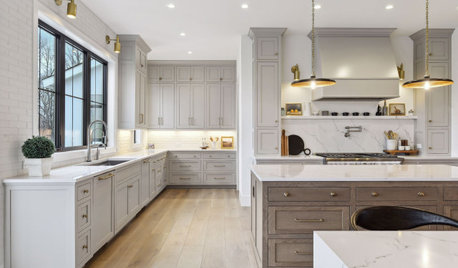
LIGHTINGPro Tips for Lighting 10 Rooms and Outdoor Areas
Get professional advice for lighting your kitchen, bathroom, living room, office, patio and more
Full Story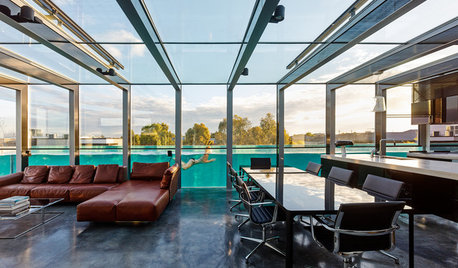
MATERIALSPro Panel: ‘The Material I Love to Work With Most’
7 experts weigh in on their favorite materials for walls, flooring, siding and counters
Full Story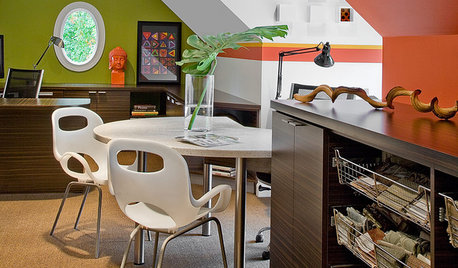
DECORATING GUIDESPro to Pro: Learn Your Client’s Thinking Style
Knowing how someone thinks can help you determine the best way to conduct an interior design presentation
Full StorySponsored
Zanesville's Most Skilled & Knowledgeable Home Improvement Specialists



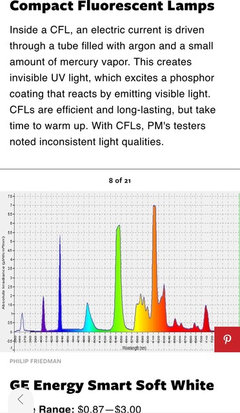


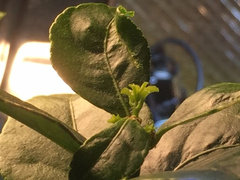
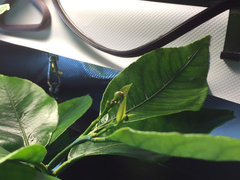

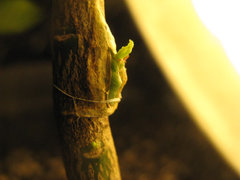

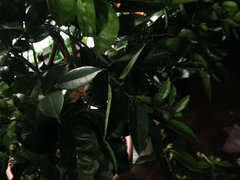


poncirusguy6b452xx